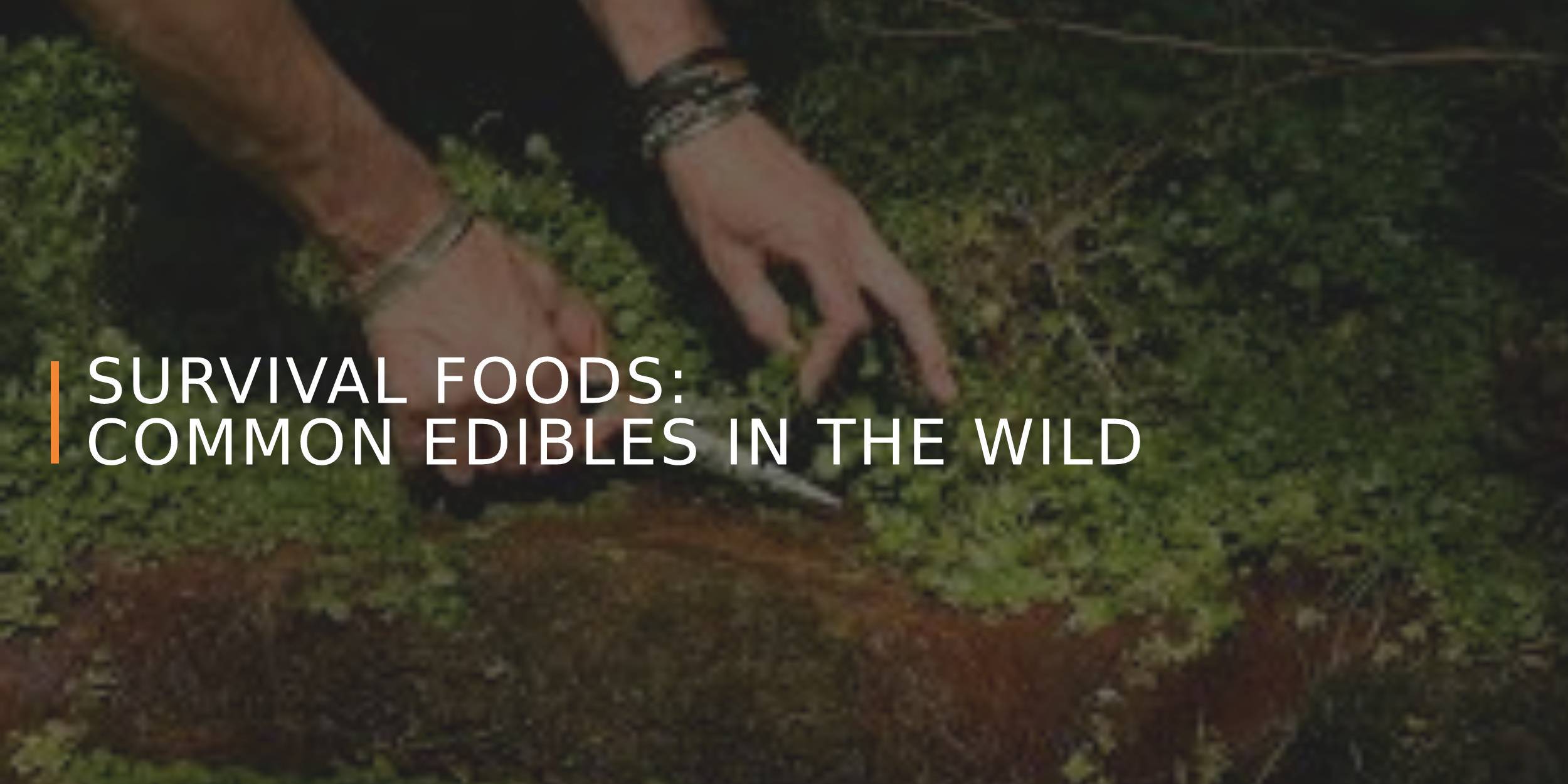
Survival Foods: Common Edibles in the Wild and How to Prepare Them
There is nothing more rewarding than foraging your own food in the wild. It ground you to our earth and nature in a way that little else does. But preparing edible food in the wild can be a challenge, and preparing your foraged edibles properly is essential for your health and safety. Here is some advice on the most common edibles found in the wild and how to prepare them.
Acorns
Many people don’t realize that acorns are edible. That being said, you have to process them first, which involves removing the shell and getting rid of the tannins that give a bitter flavor. The best way to do this is smashing a few dozen acorns at once with a large object, and then soaking the meat of the nuts In warm water for a few hours.
The easiest way to prepare acorns in the wild after preparing them to eat is to roast them. Simply roast the nuts in a dry pan over your campfire until they smell nice and roasted.
Bird Eggs
Bird eggs have long been a source of food for humans. Chicken eggs are still very common, but in the wild you have different options for bird eggs. There are no poisonous bird eggs out there, but you should check the development stage of the egg before eating. By shining a light through the eggs you can see the development, if it is clear, you’re all good, if you start to see an embryo with blood vessels, you may want to steer clear, and if it’s completely dark, then it is almost ready to hatch.
Try to stick to eggs that have not begun to develop yet. You can hard boil your eggs to save the most calories for you survival, or prepare them any way you would chicken eggs.
Cattail
While cattails are famous for looking like hotdogs, they are actually quite edible and great survival food. Cattails are fairly easy to spot, they can grow to nine feet tall and have a brown head at the top of the stalk that looks somewhat like a cats tail. There are no other plants that are similar in appearance to cattails.
You can eat the green flowers of the female variety of cattails in the spring. You can prepare them by boiling them like corn on the cob and eating them hot. Add a little butter and salt and pepper and you have a delicious food.
Insects
Insects are a delicacy in many parts of the world, and luckily they are a very easy food to find in the wild. Grasshoppers and termites are two of the more popular options for insect eats.
Grasshoppers are a very healthy survival food option, high in protein and nutrient rich. Toast them or roast them over your campfire and you’ve got a crunchy, delicious protein source.
Rodents
Rodent meat is very good, perhaps a little gamey, but delectable nonetheless. You can trap squirrels and rabbits by setting simple traps out of wire. There are many easy to follow instructions on how to make a rabbit snare online, you just have to make a small loop at one end, loop it through itself, and secure it to a tree or branch
You can prepare rodents in many ways, make sure you clean them properly first. You can cook rodent meat how you would beef, stewing it, searing it, roasting it, or making a jerky out of it by drying over fire for a long time. Rodents make a great survival food when they can be trapped.
Fish
If you are in a survival situation near safe water, you can eat fish. Hand fishing, net fishing, or spear fishing are all options if you don’t have a pole. Fish are some of the healthiest protein survival food options, with healthy fats and high protein content.
You can prepare fish by pan frying it over a campfire until it is browned on the outside and flaky at its thickest part. If it smells particularly fishy, then it is not cooked yet, and you should keep heating it.
There are tons of survival food options out there if you are willing to look. Hopefully now you feel better prepared to identify and prepare your survival food safely, and in a tasty way. Try some of these survival foods on your next camping trip.